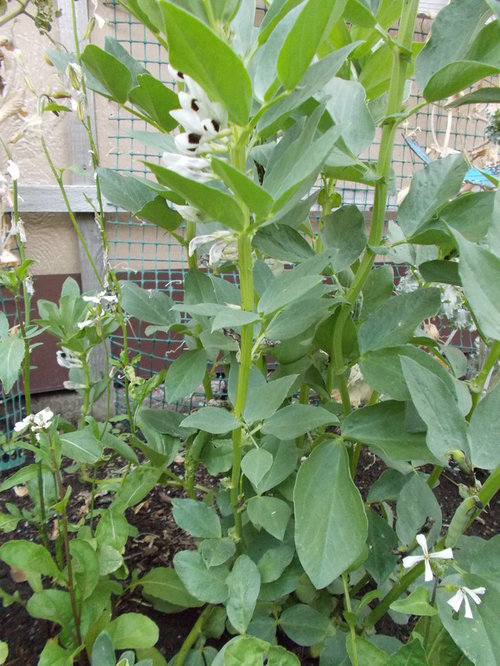I am 17 years old, and I have been a major gardener four the last 3.5 to 4 years. I am new to this forum, and I finally decided to join with the hope that someone could explain a strange phenomenon with several legumes I have been trying to grow.
In march of this year, I planted the next generation of plants. In addition to the usuals, I decided to retry some beans I last grew two years ago. I had saved part of that crop for replanting, but they did not sprout the following year, and I assumed they were unviable. Like I do with most of the seeds I have, however, I tend to give them one more chance to shine by spam planting every seed I have in a hope that some will grow to collect healthy seeds next year.
I did that this year, but put them into my new 16 section planting tray. Three weeks later, the beans still had not sprouted, so dug I out each seeds, made a little hole, plopped them in to rot and poured the potting mix out of the tray to fill in the hole. In mid June, I saw a mass of plants matter coming up in the garden. Instead of weeding them, I investigated and found that the beans I planted had finally sprouted as I looked at one splitting through its shell.
As time passed, however, they looked different than the pole beans I remembered. They are flowering now and they look more like fava beans than the common bean.
I did not own any fava beans at the time they were planted (I got some fava beans in June, but I do not remember when) and the seeds I do have are for the winter planting. Even if I did plant some fava beans and forget, it does not explain why the beans are in a large mass of 14-16 stems. If I was experimenting, I would have planted them in a more proper manner because these unknown plants are extrmely cramped. Five barely even grew. I have seen fava beans create multiple stems, but the stems on these plants show no sign of connection to a single root system. I have dug around to check because I do not want to risk the loss of some beans, so there is no way to be sure.
I will see what their beans look like when they develop and examine the root systems when the plants die, but for now, I would like any help in identifying the plants I have.









Angelshark8Original Author
meawea
Related Professionals
Comstock Park Landscape Architects & Landscape Designers · Elgin Landscape Contractors · Stamford Landscape Contractors · Battle Ground Landscape Contractors · Bedford Heights Landscape Contractors · Bergenfield Landscape Contractors · Columbine Landscape Contractors · Holtsville Landscape Contractors · Long Beach Landscape Contractors · Middletown Landscape Contractors · Southbury Landscape Contractors · Thornton Landscape Contractors · Dorchester Center Decks, Patios & Outdoor Enclosures · American Fork Decks, Patios & Outdoor Enclosures · North Myrtle Beach Decks, Patios & Outdoor Enclosureszeedman Zone 5 Wisconsin